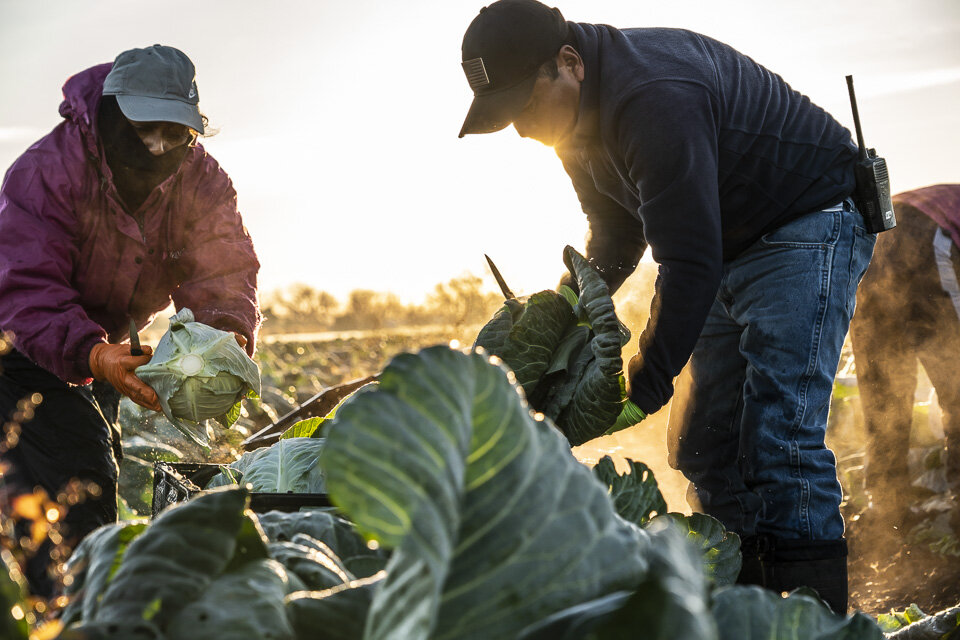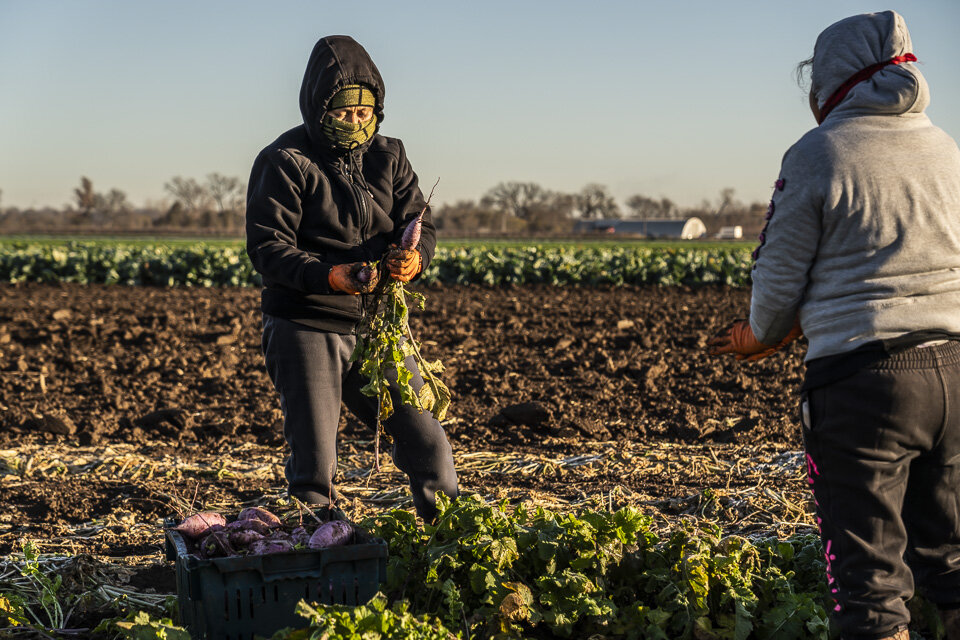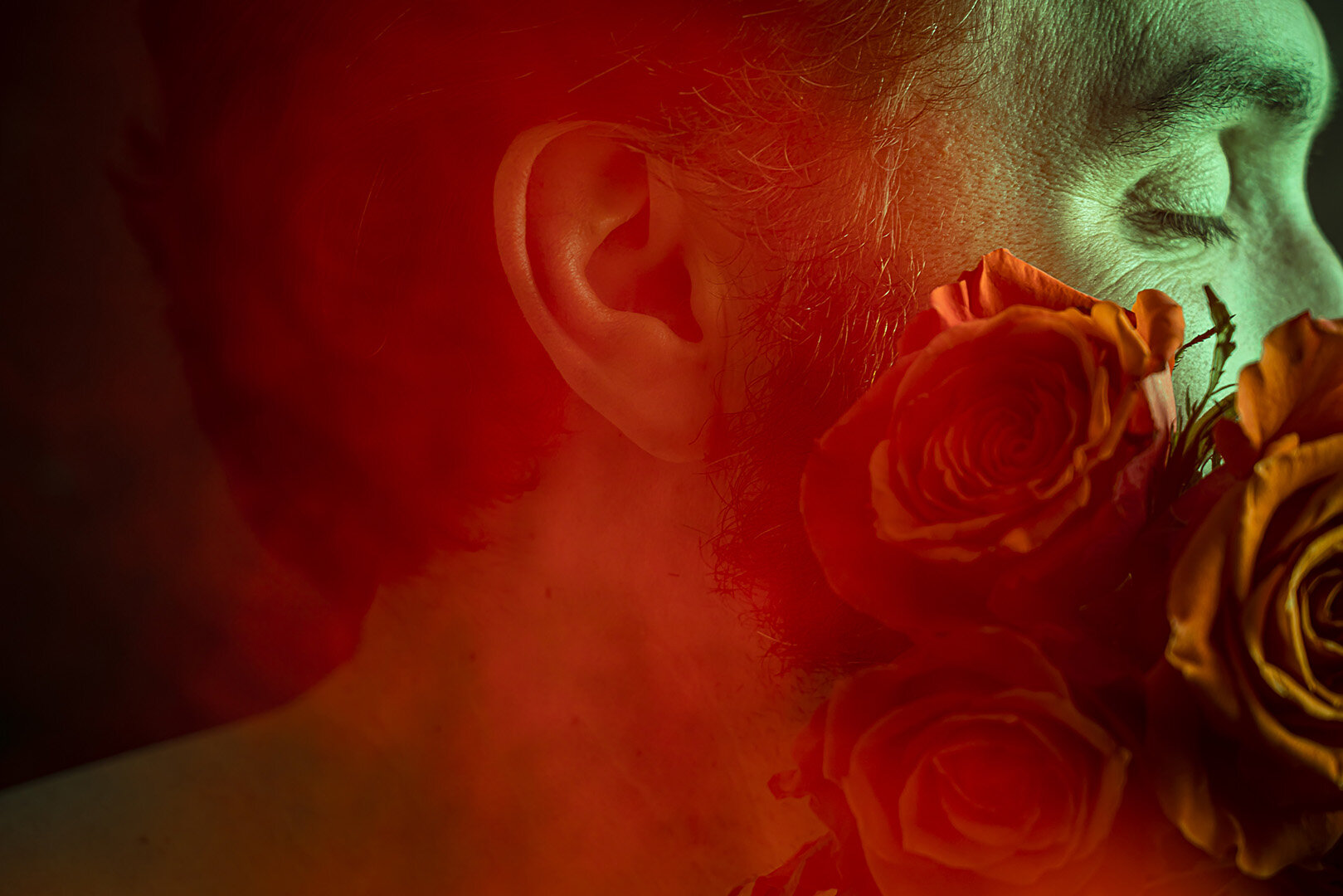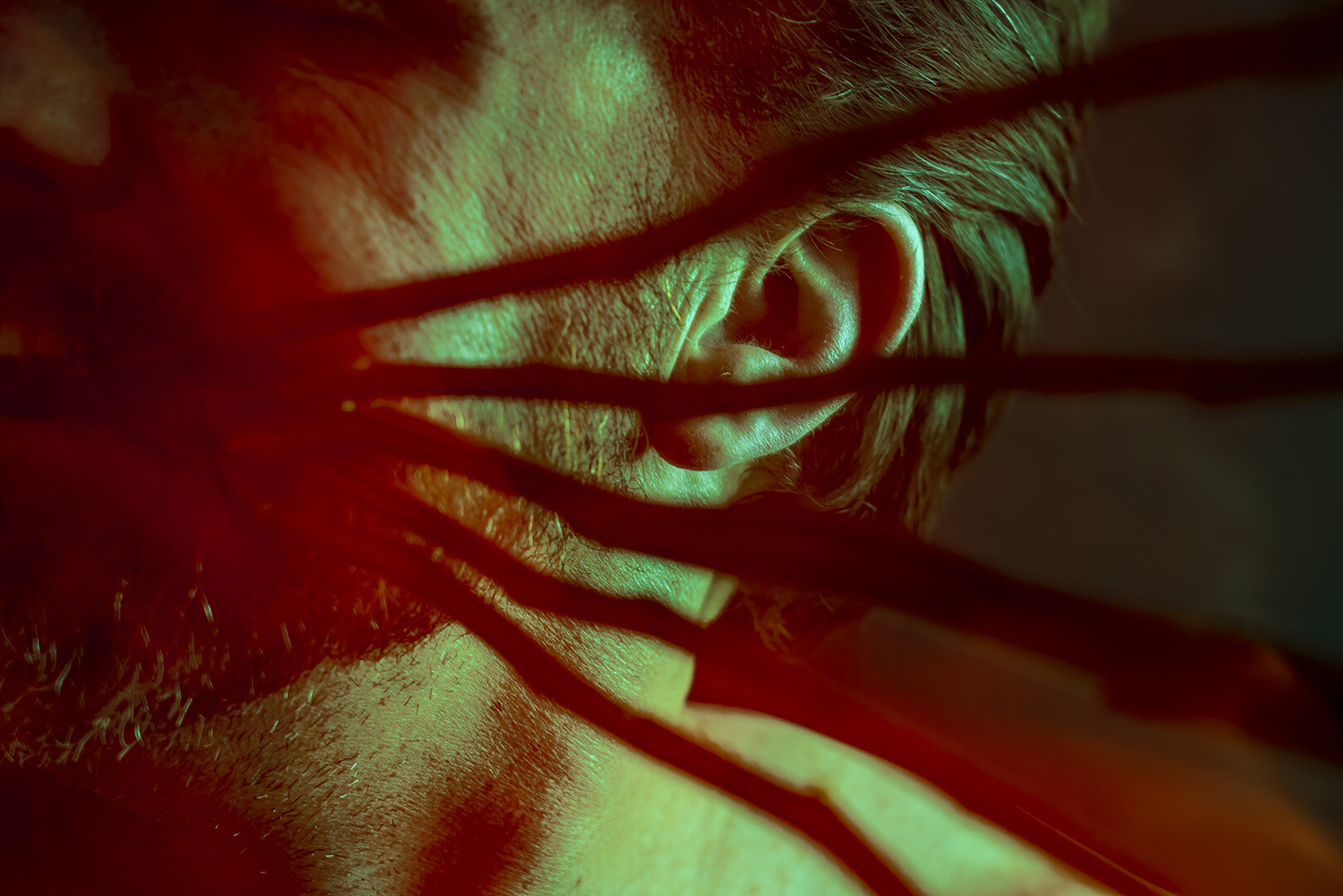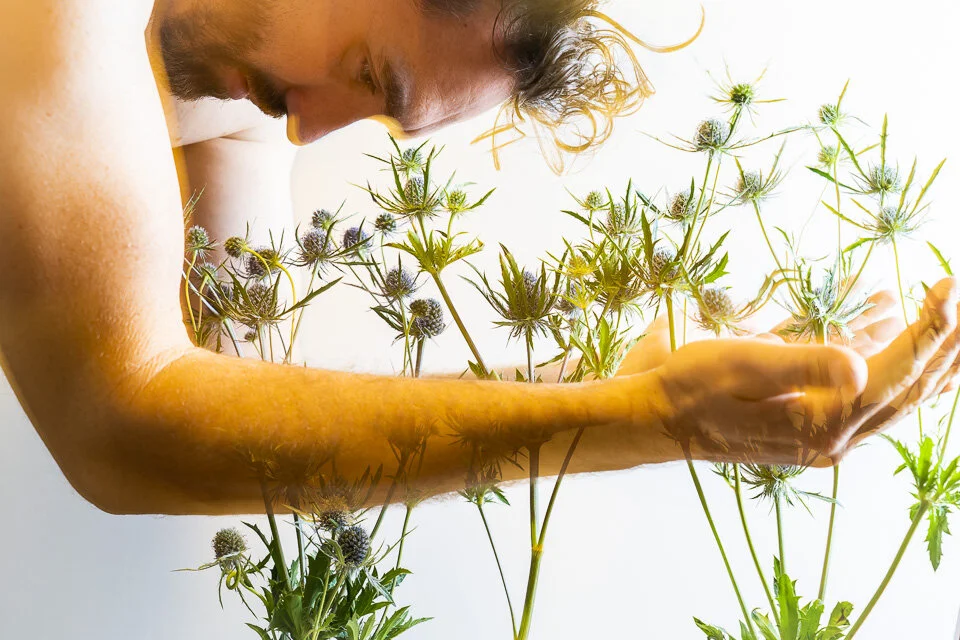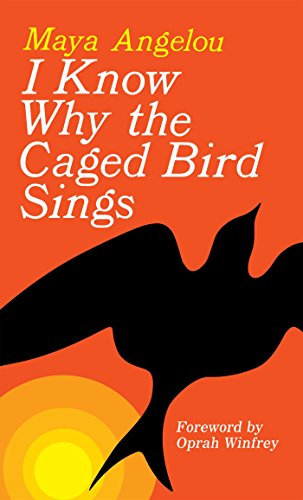This photo was in one of the many albums that I looked through while visiting my aunt in Florida for Thanksgiving. Digital photography has made albums with 4x6 prints seem to me like they are from another time. Luckily you can still sometimes find them stored in dusty cabinets, waiting for hands and eyes to revive their memories. Reminiscing while flipping the pages of an old album always brings a smile to my face.
From the looks of the carpet and decor, I was standing in my grandparent’s living room in New Alexandria, PA. It’s a very small town that I would come to know much better when a few years after this particular Christmas, my parents got a divorce, and I spent the next seven years visiting over the summer school break. Whenever I am in Pennsylvania visiting my great aunt, I make a point to drive by the old house and think about all of the time I spent there with Bob and Grace.
The book I am holding in the photo does not look familiar, but it did make me think about another book, The Tao of Pooh. It was available immediately from the library so I gave it a listen. The author uses lines from the original Milne texts and the various characters and relates them to a description of Taoism. According to a summary of the book on Wikipedia, “Winnie-the-Pooh himself, personifies the principles of wu wei, the Taoist concept of "effortless doing," and p'u, the concept of being open to, but unburdened by, experience, and it is also a metaphor for natural human nature.” I appreciate the connection but overall the book was not that enjoyable of a listen, and even felt annoying at times.
Even though I did not love it, there are still some good lines that I liked. Hoff in this quote below is talking about the contrast between the empty and overstuffed mind. He’s definitely a fan of simplicity and “the path to nothing” and states at the end of the book that knowledge and cleverness are a path to destruction. I’m not sure what to think about that.
“While the clear mind listens to a bird singing, the stuffed full of knowledge and cleverness mind wonders what kind of bird is singing. The more stuffed up it is, the less it can hear through its own ears and see through its own eyes. Knowledge and cleverness tend to concern themselves with the wrong sorts of things. And a mind confused by knowledge, cleverness, and abstract ideas, tends to go chasing off after things that don’t matter. Or that don’t even exist, instead of seeing, appreciating, and making use of what is right in front of it. ”
As an Amazon Associate I earn from qualifying purchases. Thank you for your support.



